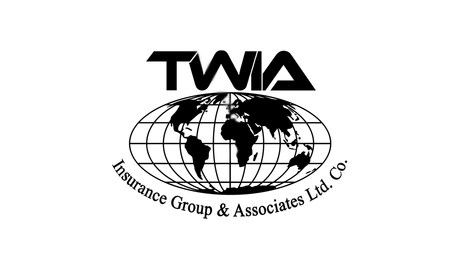TWIA Commercial Property & Casualty
EEOC releases anti-harassment guide for contractors

Dive Brief:
- The Equal Employment Opportunity Commission on Tuesday released a guide to help construction leaders prevent and address harassment on the job. “Promising Practices for Preventing Harassment in the Construction Industry” is part of the EEOC’s ongoing focus to address bias within the building sector.
- The agency wants to ensure that the flood of federal dollars in the Infrastructure Investment and Jobs Act and CHIPS and Science Act aren’t perpetuating a pattern of discrimination, EEOC Vice Chair Jocelyn Samuels told Construction Dive in an interview.
- “We have a serious problem. It is far too pervasive. And it has been going on for decades,” said Samuels. “Despite efforts to get it under control, we are still seeing far too many instances of sexual harassment, nooses on worksites, different kinds of discrimination that’s perpetrated against construction workers.”
Dive Insight:
Construction has been a priority for the EEOC during the Biden administration. The EEOC’s Strategic Enforcement Plan for 2024-2028 includes a focus on industries where women and workers of color are underrepresented — particularly those benefiting from substantial federal investment, like construction.
In 2022, about six months after the Infrastructure Investment and Jobs Act was signed into law, the EEOC held a hearing that probed construction’s culture of racism and sexual harassment. After a yearlong investigation, the agency issued a report in June 2023 detailing the continued prevalence of hate and bias on building jobsites, noting that construction stands out from other industries for “egregious incidents of harassment.”
In the wake of George Floyd’s murder in 2020, dozens of nooses appeared on construction jobsites across North America. In response, six leading general contractors founded Construction Inclusion Week, modeled on the success of the sector’s Safety Week, to root out bias events at building sites.
Many characteristics of the construction industry — like a homogenous workforce and cyclical, project-based work — make workers more vulnerable to discrimination, the EEOC guide said. The guide gives some examples of harassment on the jobsite, including taunting of tradeswomen at work, vandalizing the toolboxes of Black workers and retaliatory transfers of workers to different jobsites or cutting their hours.
“We felt it was really important to bring home that harassment on construction sites, is in some ways, even more dangerous, because so much of the work requires working collaboratively in a team and dealing with heavy equipment that can inflict physical injury,” said Samuels.
Less hate, more retention
The guide lists five strategies that have generally proven effective in preventing and addressing harassment, along with detailed examples of each:
- Committed and engaged leadership.
- Consistent and demonstrated accountability.
- Strong and comprehensive harassment policies.
- Trusted and accessible complaint procedures.
- Regular, interactive training tailored to the audience and the organization.
The document is not a legal mandate, but if an incident of harassment does arise, the agency will look at what the employer has done to address the problem, according to Samuels.
“We certainly think that employers who adopt the kinds of practices that we’re recommending in this document will be in a much better position to avoid liability than employers who just throw up their hands,” said Samuels.
As the industry continues to grapple with a labor shortage, addressing bias and harassment has been a focus of industry leaders to make construction appealing to a bigger labor pool, and to retain and protect existing workers.
“Harassment imposes immediate costs on those who are subject to it, and harassment based on race, sex, and national origin is also a significant barrier to recruiting and retaining women and people of color in construction,” the EEOC document reads. “It is also a workplace safety issue.”
One of the big goals of the document is to offer a tool that enables the construction industry to address these challenges itself in a holistic way — something many contractors are already trying to do, according to Samuels.
“I believe that most contractors share our desire to get out in front of these problems, and to adopt policies and procedures that will enable them to have a harassment-free workplace,” Samuels said. “We certainly have the mechanism to hold employers accountable if harassment occurs, and they don’t adequately address it. But voluntary compliance is truly the preferred mechanism for addressing discrimination and harassment in the workplace.”
Stay Ahead in Construction: Essential Insights and Protection for Your Projects
The construction industry is the backbone of progress, constantly evolving and presenting new opportunities and challenges. As an investor, realtor, or lender in this vibrant sector, staying informed with the latest construction news is key to making smart decisions. Our blog, sourced from one of the top construction industry sites, is your gateway to staying ahead of the curve.
But what about protecting your investments and projects? Alongside these insights, we present our comprehensive Contractor Insurance Suite, designed to shield your construction projects from the unforeseen. From liability to property damage, our insurance solutions provide the security you need in an industry known for its unpredictability.
Whether you're breaking ground on a new project or managing ongoing developments, our insurance suite ensures that your financial interests are protected immediately. Discover how our tailored insurance products can be the cornerstone of your construction project's success.
Explore Contractor Insurance Solutions for Construction Success
This post was originally published on this site


